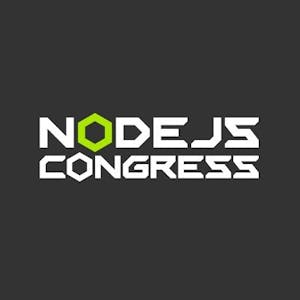So let me give you a little bit of a history lesson first. So at AWS we are very document-driven, we write a lot of docs any time we do anything, we have very long meetings and bar-raising meetings on anything we do, and we had this problem where we have lots and lots of documentation, but there was a problem, how do you get that documentation into our coding environments? And how do we use our AI coding agents in an intelligent way? So we actually came up with a few different ways, and we actually have a history of creating AI assistants. So the first being is Amazon Queue. So we have Amazon Queue, an IDE version, we have Amazon Queue CLI version, and so this allows you on the command line to ask it and prompt it to do things, and then it can go in and make changes to your code. And you can also script this, it's really powerful, you can add MCP services, but we kept on hearing back that we needed more ways to have better outcomes and results. Now you can vibe code with these tools like Amazon Queue CLI and Amazon Queue IDE, but you have problems where you're just going back and forth a lot, and a lot of times it isn't exactly what you want. So we saw this problem and we thought, what better way to fix it than with spec-driven development? So let me show you what happened there. So we introduced Qiro. Qiro is a new AI IDE coding assistant, and one of the major features of it is this spec-driven development, which I'm going to show you in a moment. So we wanted to have this internally, but also obviously it's externally available, and it has this nice cute mascot, this ghost, I call the Qiro ghost, and it's different than some of the other Amazon services or products you've seen. In fact, it's called Qiro, which is not Amazon Qiro or AWS Qiro, it's just Qiro. And so we really wanted to make sure that this was available for anyone that had the same problems that we saw, that wanted this kind of deeper way of creating software and have it be more reliable. Now we released a website, qiro.dev, you can go there right now. And what was really awesome when we released this in the wild, we had such positive reactions. I think this was something that many people were thinking about, as like, how can we make our agents, our AI even smarter? And we had so many downloads that we had to set up a wait list, and then people found a way around the wait list. So to this day, it is in wait list, and you can check it out at qiro.dev. And we are really proud of it, we're taking all the user feedback, making changes and updates. We actually have a Discord channel where you can even give your input and let us know. It's based off of Visual Studio Code, which I'm a huge fan of Visual Studio Code. I use that for everything. So it has that kind of environment that you know and love, especially as web developers, front end full stack developers. Although you're not limited to that you can use Java, you can use whatever else you like, of course. So I want to give a little shout out that if you are not using qiro, and if you're not, I wonder why not. But if you're not, you can do this spectrum development even without qiro itself. So there's a few ways of putting this together. And so I'll talk a little bit about it. First is you actually just need to be very specific to tell the ID exactly what you want. So you would include the following, you would tell it first, create a user requirements document and this user requirements document would have every single thing that you want inside of it. So you give it a prop and say create a user requirements document for XYZ feature and then maybe create it as a markdown. And then it would create it.























Comments